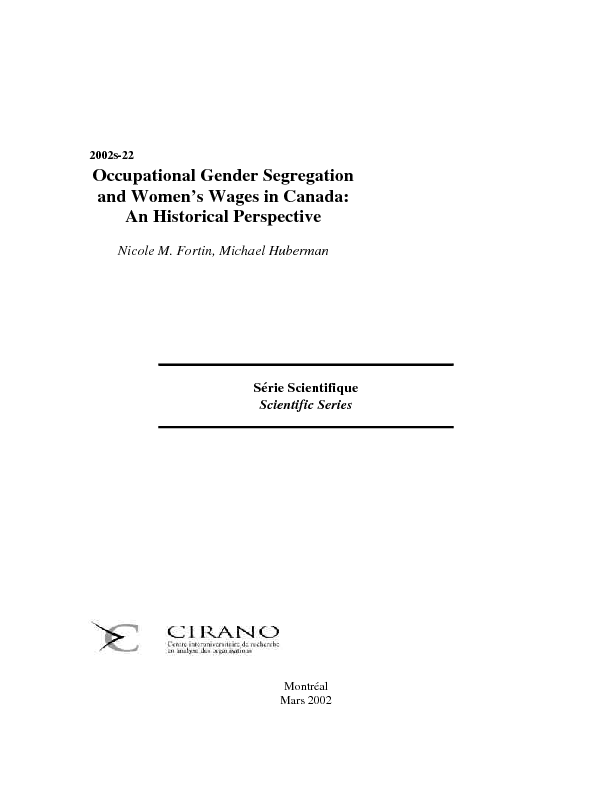Occupational Gender Segregation and Women's Wages in Canada: An Historical Perspective
We document the evolution of occupational gender segregation and its implications for women's labour market outcomes over the twentieth century. The first half of the century saw a considerable decline in vertical segregation as women moved out of domestic and manufacturing work into clerical work. This created a substantial amount of horizontal segregation that persists to this day. To study the effects of occupational segregation on the gender gap, we introduce a decomposition technique that divides the gap into between-occupation and within-occupation components. Since the 1990s the component attributable to within-occupation wage differentials has become predominant.
[ - ]




